Sea surface height data from the Sentinel-6B satellite, led by NASA and ESA, will help with the development of marine weather forecasts, alerting ships to
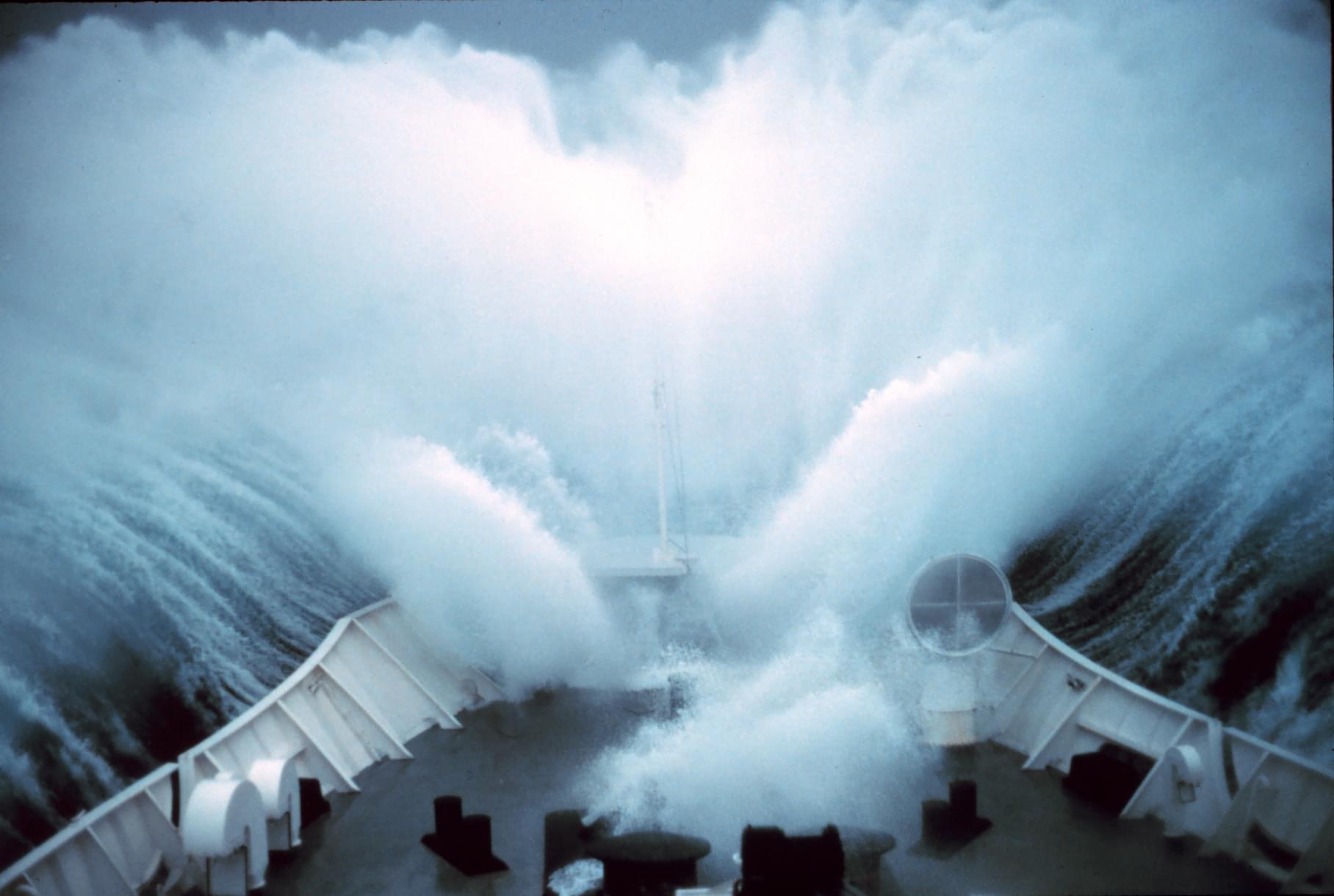


The accuracy of machine learning algorithms for predicting suicidal behavior is too low to be useful for screening or for prioritizing high-risk individuals for interventions, according to a new study published September 11 in the open-access journal PLOS Medicine by Matthew Spittal of the University of Melbourne, Australia, and colleagues.
Numerous risk assessment scales have been developed over the past 50 years to identify patients at high risk of suicide or self-harm. In general, these scales have had poor predictive accuracy, but the availability of modern machine learning methods combined with electronic health record data has re-focused attention on developing new algorithms to predict suicide and self-harm.
In the new study, researchers undertook a systemic review and meta-analysis of 53 previous studies that used machine learning algorithms to predict suicide, self-harm and a combined suicide/self-harm outcome. In all, the studies involved more than 35 million medical records and nearly 250,000 cases of suicide or hospital-treated self-harm.
Professors Karl Friston & Mark Solms, pioneers in the fields of neuroscience, psychology, and theoretical biology, delve into the frontiers of consciousness: “Can We Engineer Artificial Consciousness?”. From mimicry to qualia, this historic conversation tackles whether artificial consciousness is achievable — and how. Essential viewing/listening for anyone interested in the mind, AI ethics, and the future of sentience. Subscribe to the channel for more profound discussions!
Professor Karl Friston is one of the most highly cited living neuroscientists in history. He is Professor of Neuroscience at University College London and holds Honorary Doctorates from the University of Zurich, University of York and Radboud University. He is the world expert on brain imaging, neuroscience, and theoretical neurobiology, and pioneers the Free-Energy Principle for action and perception, with well-over 300,000 citations. Friston was elected a Fellow of the Academy of Medical Sciences (1999). In 2000 he was President of the international Organization of Human Brain Mapping. He was elected a Fellow of the Royal Society in 2006. He became a Fellow of the Royal Society of Biology in 2012 and was elected as a member of EMBO (excellence in the life sciences) in 2014 and the Academia Europaea in (2015).
Professor Mark Solms is director of Neuropsychology in the Neuroscience Institute of the University of Cape Town and Groote Schuur Hospital (Departments of Psychology and Neurology), an Honorary Lecturer in Neurosurgery at the Royal London Hospital School of Medicine, an Honorary Fellow of the American College of Psychiatrists, and the President of the South African Psychoanalytical Association. He is also Research Chair of the International Psychoanalytical Association (since 2013). He founded the International Neuropsychoanalysis Society in 2000 and he was a Founding Editor (with Ed Nersessian) of the journal Neuropsychoanalysis. He is Director of the Arnold Pfeffer Center for Neuropsychoanalysis at the New York Psychoanalytic Institute. He is also Director of the Neuropsychoanalysis Foundation in New York, a Trustee of the Neuropsychoanalysis Fund in London, and Director of the Neuropsychoanalysis Trust in Cape Town.
TIMESTAMPS:
0:00 — Introduction.
0:45 — Defining Consciousness & Intelligence.
8:20 — Minimizing Free Energy + Maximizing Affective States.
9:07 — Knowing if Something is Conscious.
13:40 — Mimicry & Zombies.
17:13 — Homology in Consciousness Inference.
21:27 — Functional Criteria for Consciousness.
25:10 — Structure vs Function Debate.
29:35 — Mortal Computation & Substrate.
35:33 — Biological Naturalism vs Functionalism.
42:42 — Functional Architectures & Independence.
48:34 — Is Artificial Consciousness Possible?
55:12 — Reportability as Empirical Criterion.
57:28 — Feeling as Empirical Consciousness.
59:40 — Mechanistic Basis of Feeling.
1:06:24 — Constraints that Shape Us.
1:12:24 — Actively Building Artificial Consciousness (Mark’s current project)
1:24:51 — Hedonic Place Preference Test & Ethics.
1:30:51 — Conclusion.
EPISODE LINKS:
- Karl’s Round 1: https://youtu.be/Kb5X8xOWgpc.
- Karl’s Round 2: https://youtu.be/mqzyKs2Qvug.
- Karl’s Lecture 1: https://youtu.be/Gp9Sqvx4H7w.
- Karl’s Lecture 2: https://youtu.be/Sfjw41TBnRM
- Karl’s Lecture 3: https://youtu.be/dM3YINvDZsY
- Mark’s Round 1: https://youtu.be/qqM76ZHIR-o.
- Mark’s Round 2: https://youtu.be/rkbeaxjAZm4
CONNECT:
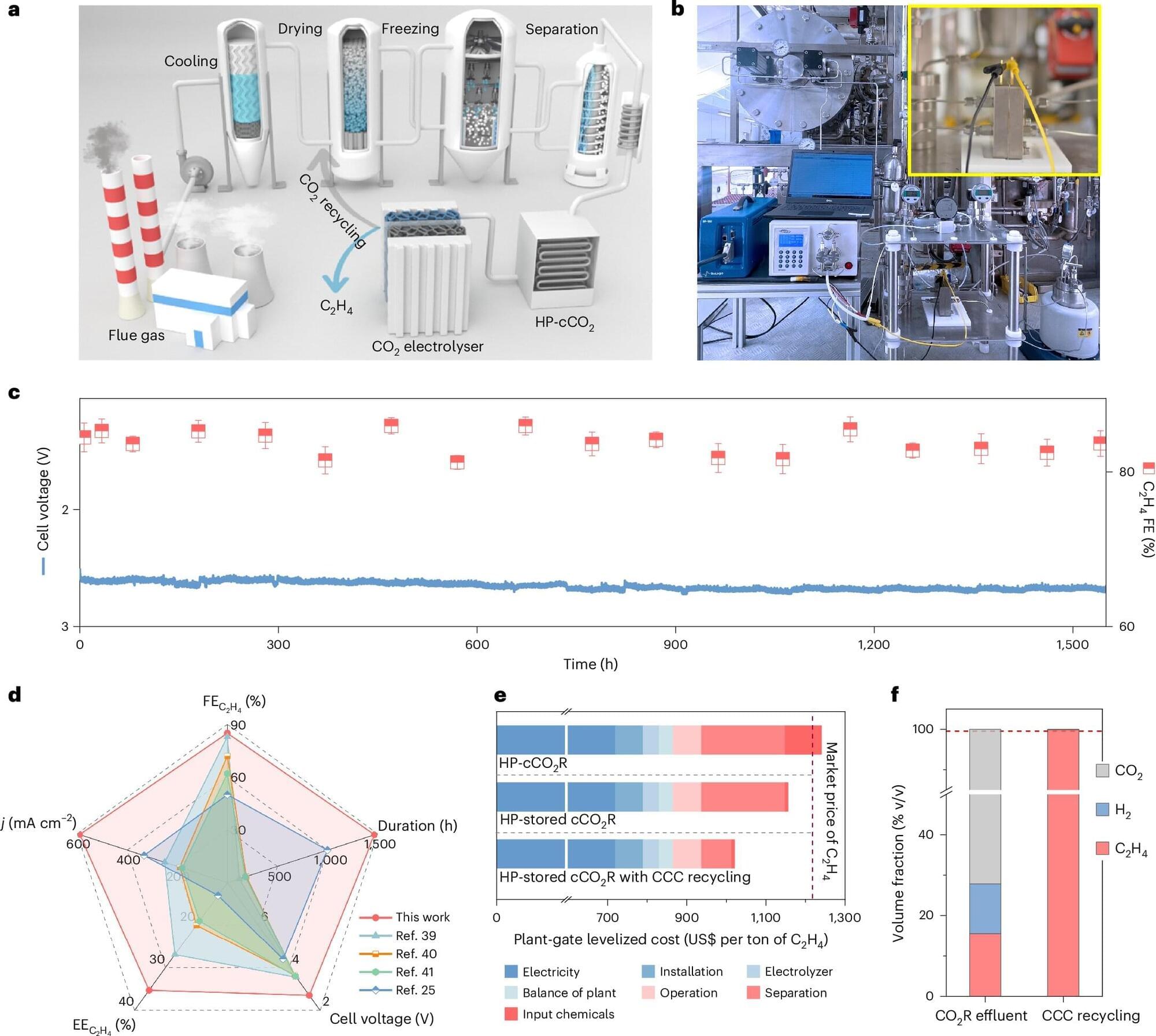
Researchers at King Abdullah University of Science and Technology have unveiled a breakthrough system that could change the way we think about carbon emissions. Published in Nature Catalysis the researchers outline a system for converting captured carbon dioxide (CO₂) into industrial-grade ethylene, a commodity chemical essential to plastics, textiles, and construction. The work shows a direct path to transforming greenhouse gas emissions into valuable chemical products.
In addition to the environmental benefits, lead researcher Assistant Professor Xu Lu said key efficiencies in the system create an opportunity to turn the otherwise costly process of capturing CO2 into a profit.
“We designed and tested the system under realistic industrial conditions using captured, high-pressure CO₂,” he said. “Our results show captured carbon can be valorized into a valuable product with real economic potential.”
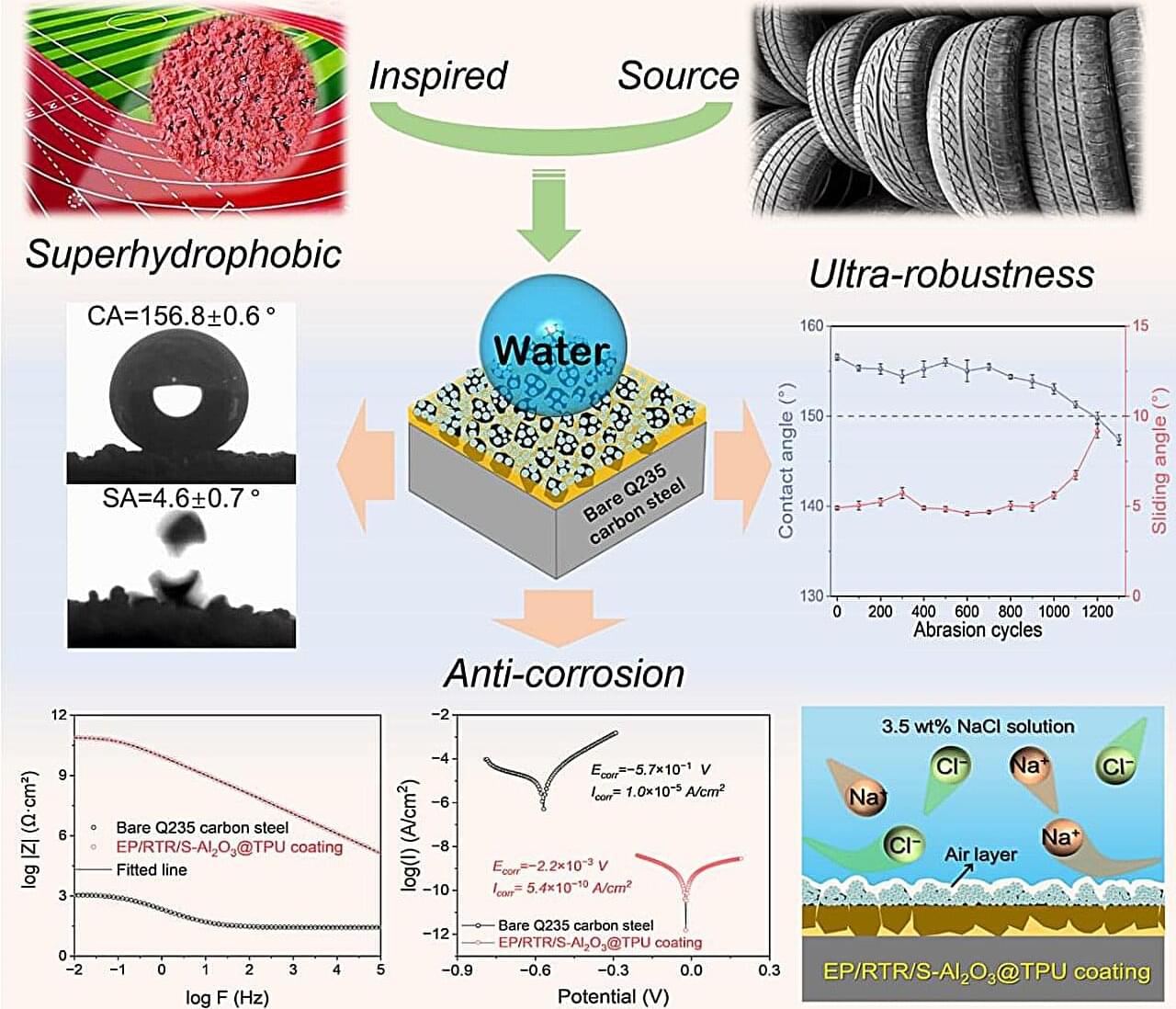
Superhydrophobic materials offer a strategy for developing marine anti-corrosion materials due to their low solid-liquid contact area and low surface energy. However, existing superhydrophobic anti-corrosion materials often suffer from poor mechanical stability and inadequate long-term protection, limiting their practical application in real-world environments.
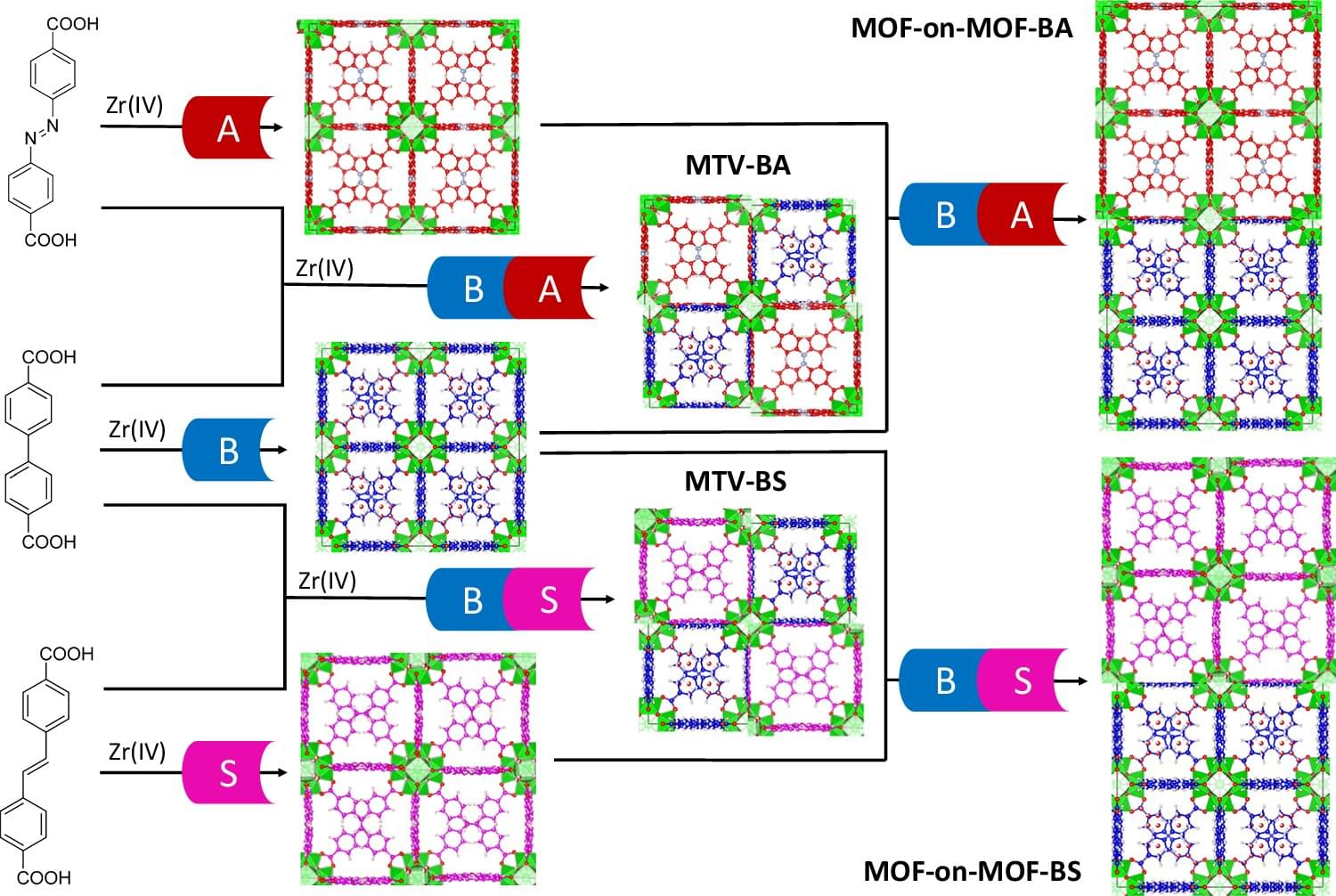
Scientists at Oregon State University have taken a big step toward lighting and display technologies that are more energy efficient and better for the planet. The work centers around crystalline, porous materials known as metal organic frameworks, often abbreviated as MOFs, and points toward next-generation materials that may end reliance on rare earth metals.
The study by Kyriakos Stylianou, associate professor of chemistry in the OSU College of Science, and graduate students Kyle Smith and Ankit Yadav appears in Nature Communications.
The findings are important because displays—ubiquitous in communications, computing, medical monitoring and many other aspects of everyday life—and lighting contribute heavily to global energy consumption and greenhouse gas emissions. The rare earth metals that underpin those technologies—europium, terbium, yttrium, cerium, gadolinium and others—are expensive and environmentally hazardous to mine and process.
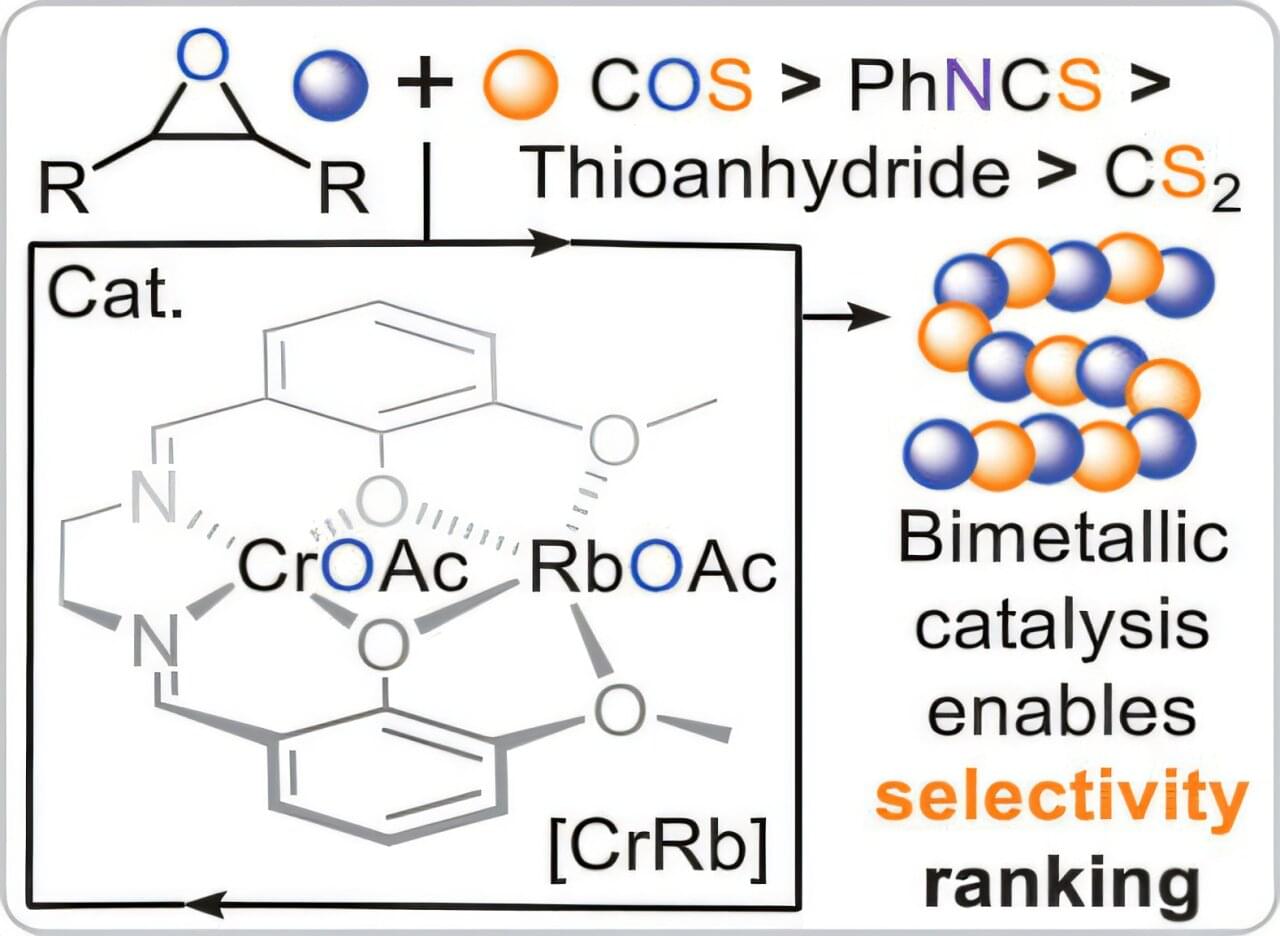
Plastics pose a significant waste problem: many conventional plastics do not degrade, or do so only with great difficulty. This makes research into new plastics essential—materials that retain useful properties but can also be deliberately broken down or recycled. Such innovations could lead to more sustainable materials, enabling the use of plastics in a way that conserves resources over the long term.
According to a study published in the journal Angewandte Chemie International Edition, incorporating sulfur atoms into polymer chains makes them more degradable.
Sulfur atoms enhance the sustainability of polymers because the bonds between carbon and sulfur atoms are easier to break than the bonds between carbon and other carbon or oxygen atoms. This allows sulfur-containing plastics to degrade under relatively mild conditions. However, strategies for synthesizing these plastics are still underdeveloped, which hinders large-scale production.
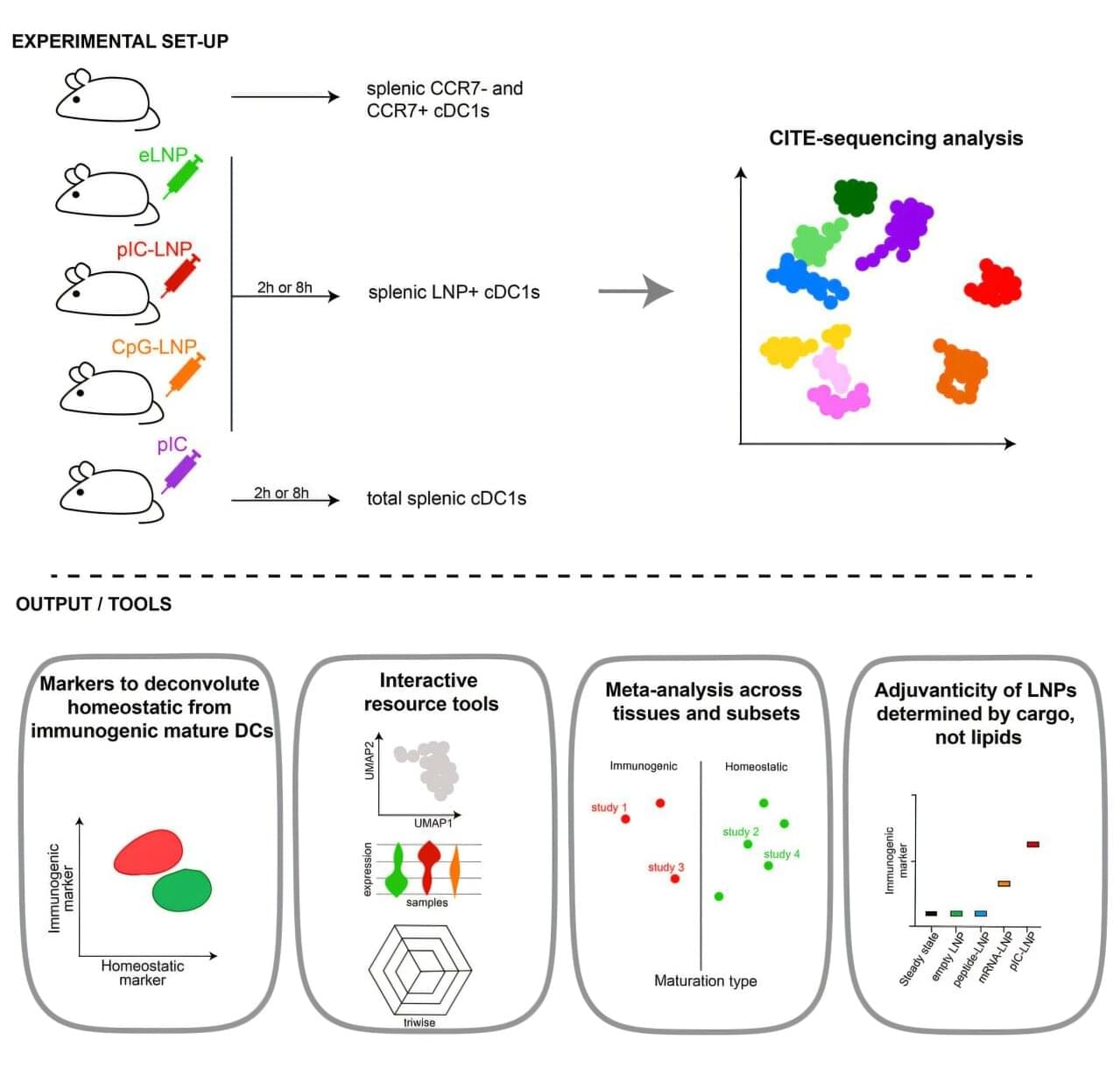
Belgian scientists have uncovered new details about how the immune system responds to vaccines. Dendritic cells, which are key immune messengers that help kick-start the body’s defenses, show specific responses to lipid nanoparticles. These findings, published in Cell Reports, could lead to safer and more effective vaccines.
Dendritic cells are among the first to detect viruses, bacteria, or other immune challenges. These cells help coordinate the immune system’s response by alerting T cells, the immune system’s soldiers trained to eliminate threats. But dendritic cells don’t always respond in the same way. Some keep the immune system calm and balanced (homeostatic), while others drive a full immune attack (immunogenic).
Until now, little was known about what determines these different responses, especially when dendritic cells encounter vaccines.

Students who sign up for the project will be guided by educators. They will work in teams to understand how AI technologies can be used to address challenges in their communities.
The project is aimed at bringing students and educators together “to solve real-world problems in their communities using AI-powered solutions with an opportunity to showcase their solutions at a national level.” According to the White House website, the initiative focuses on empowering the next generation “to explore and innovate within this rapidly evolving field.”
All students who take part in the competition will recieve a certificate, while the national winners will be awarded cash prizes, cloud credits and an invitation to showcase their work at the White House.
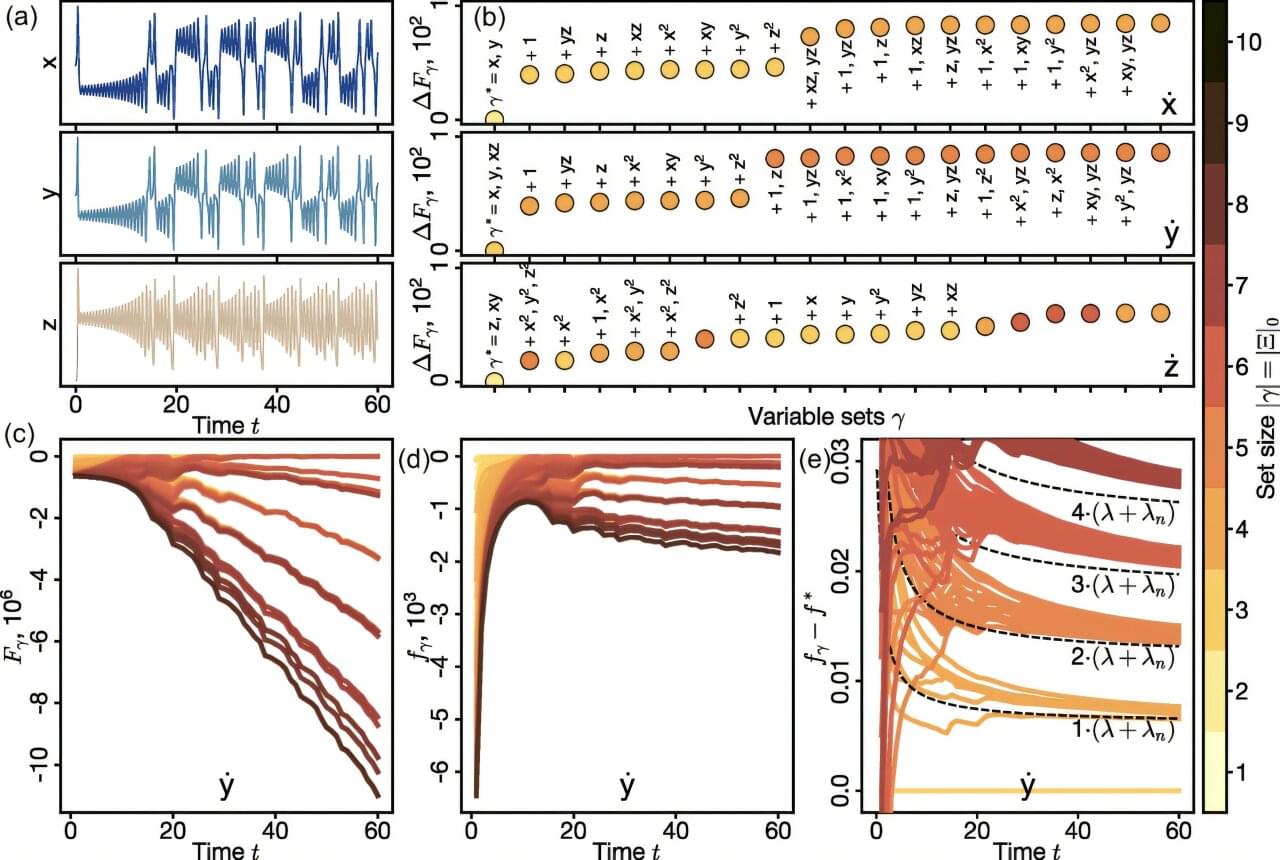
A study by University of Hawaiʻi researchers is advancing how we learn the laws that govern complex systems—from predator-prey relationships to traffic patterns in cities to how populations grow and shift—using artificial intelligence (AI) and physics.
The research, published in Physical Review Research, introduces a new method based on statistical mechanics to improve the discovery of equations directly from noisy real-world data. Statistical mechanics is a branch of physics that explains how collective behavior emerges from individual particles, such as how the random motion of gas molecules leads to predictable changes in pressure and temperature.
In this new work, statistical mechanics is used to understand how different mathematical models “compete” when trying to explain a system. This matters because many scientific fields rely on understanding how systems change over time, whether tracking disease spread, analyzing climate change or predicting the stock market. But real-world data is often messy, and traditional AI models can be unreliable when the data gets noisy or incomplete.